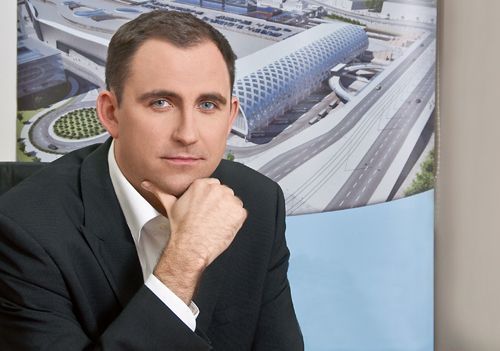In August 2011, Hungarian developer TriGranit Development Corporation was granted a building permit for its Poznań City Center Integrated Transport Centre project. The investment was carried out as a public private partnership, with the developer’s partners being the Polish State Railways (PKP) and Europa Capital. The project involved combining a new shopping centre with a redevelopment of the city’s main bus and railway stations. In the first stage, the hall of the train and bus station was built, followed by the construction of the shopping centre. Since the outset the development had proceeded smoothly and without delays. The foundation stone was laid in January 2011. In May 2012, the work on the Poznań Główny railway station was completed and in August the modernisation of the bus station was finished. At the same time, construction work on the shopping centre continued. Investment costs for the three-storey building, which has a leasable area of 61,000 sqm and 230






























































